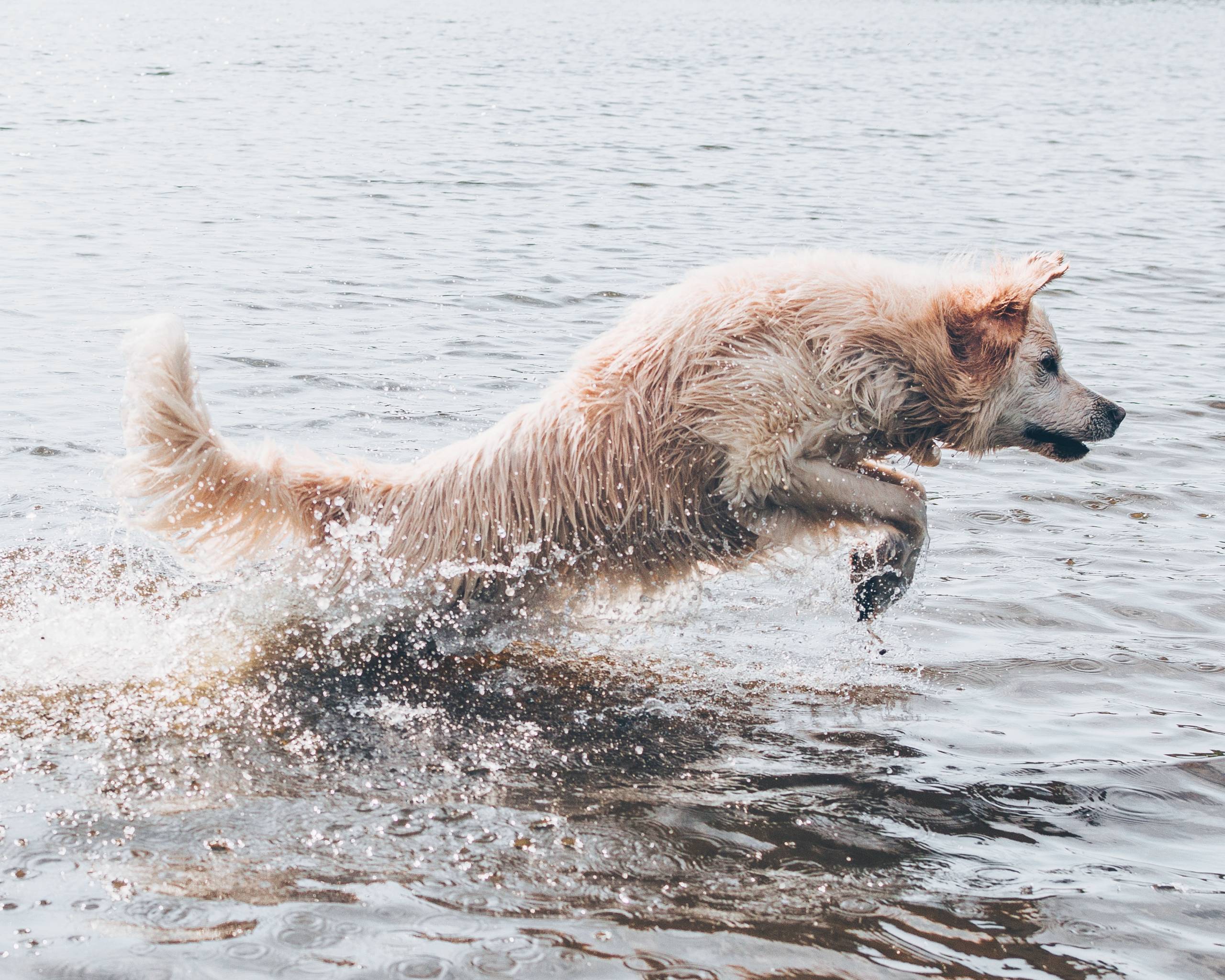
When you first notice your dog foaming at the mouth, it’s natural to feel concerned. Before jumping to conclusions, take a moment to observe your dog’s overall behavior. Is your dog experiencing any other unusual symptoms? Is there a chance your dog may have ingested something toxic or harmful? If your dog appears distressed, it’s important to remain calm and take swift action to ensure their safety and well-being.
The first step when your dog is foaming at the mouth is to assess the situation. If your dog is conscious and not showing signs of severe distress, gently approach your pet and carefully examine their mouth and surrounding area. Look for any foreign objects, substances, or signs of injury. If you can identify the cause of the foaming, take note of it as this information will be crucial when seeking veterinary assistance.
In some cases, foaming at the mouth can be triggered by relatively benign factors such as excitement, stress, or even a particularly intense play session. However, when the foaming is excessive, persistent, or accompanied by other concerning symptoms, it could signify a more significant issue. If your dog is exhibiting signs of distress, such as difficulty breathing, weakness, or disorientation, immediate veterinary attention is crucial.
When faced with a situation where your dog is foaming at the mouth, it’s essential to prioritize your pet’s safety. Remove your dog from any potential sources of harm, such as toxic substances, and ensure they are in a calm, secure environment. While it’s natural to feel anxious, staying composed will help you make clear decisions and provide the best care for your beloved furry friend.
After assessing the situation and ensuring your dog’s immediate safety, it’s time to seek professional veterinary assistance. Contact your veterinarian or an emergency animal care facility to describe the symptoms and receive guidance on the next steps. Be prepared to provide details about your dog’s behavior, recent activities, and any potential exposure to hazardous substances.
Remember, your dog’s health and well-being are your top priority. As a pet owner, your quick and thoughtful actions can make a significant difference in ensuring the best outcome for your dog. After seeking veterinary care, follow any instructions provided by the professionals to support your dog’s recovery and long-term health.
In conclusion, witnessing your dog foaming at the mouth can be a distressing experience, but it’s essential to approach the situation calmly and methodically. By carefully assessing the circumstances, ensuring your dog’s safety, and seeking professional veterinary assistance, you can provide the best care for your furry companion. Stay attentive to your dog’s well-being and remember that timely action and expert guidance are crucial when facing a concerning health issue. Your dedication to your dog’s health is a testament to the bond and love between you and your loyal canine companion.[/fusion_text]



